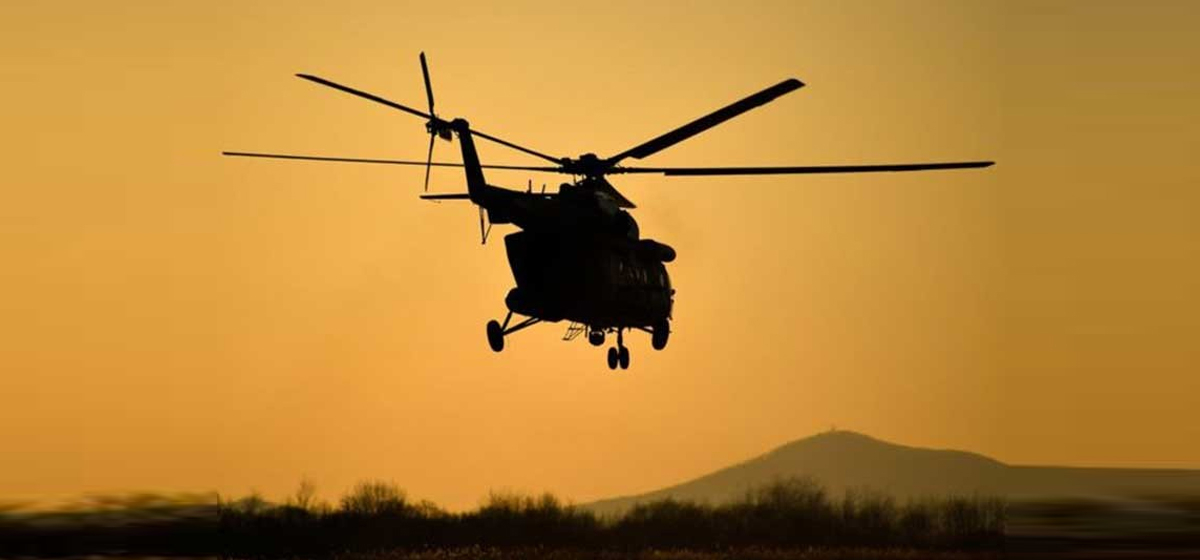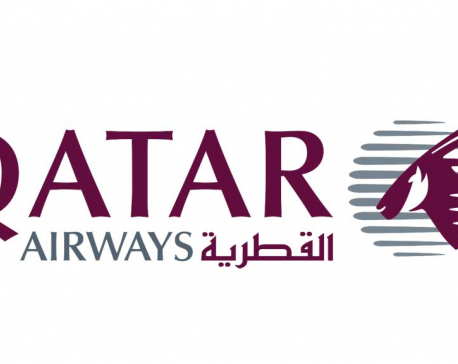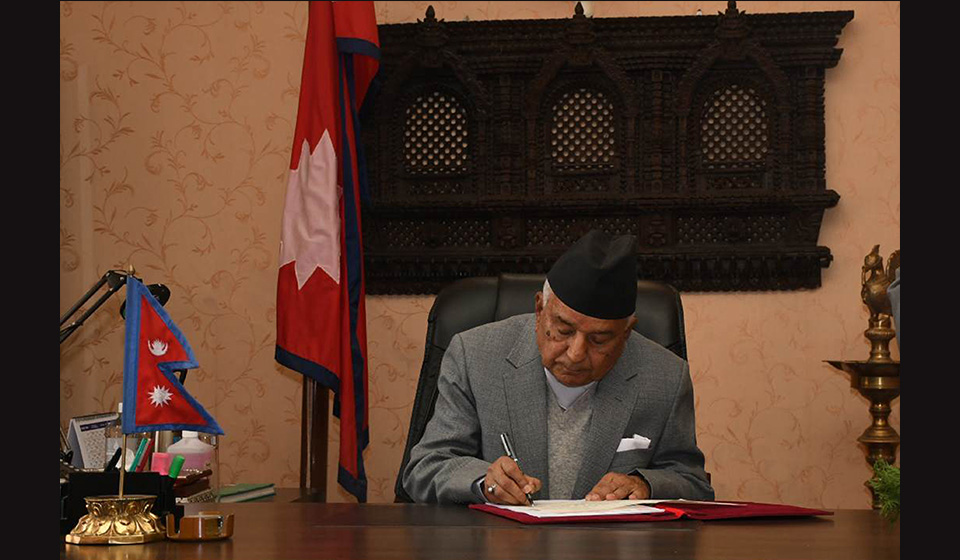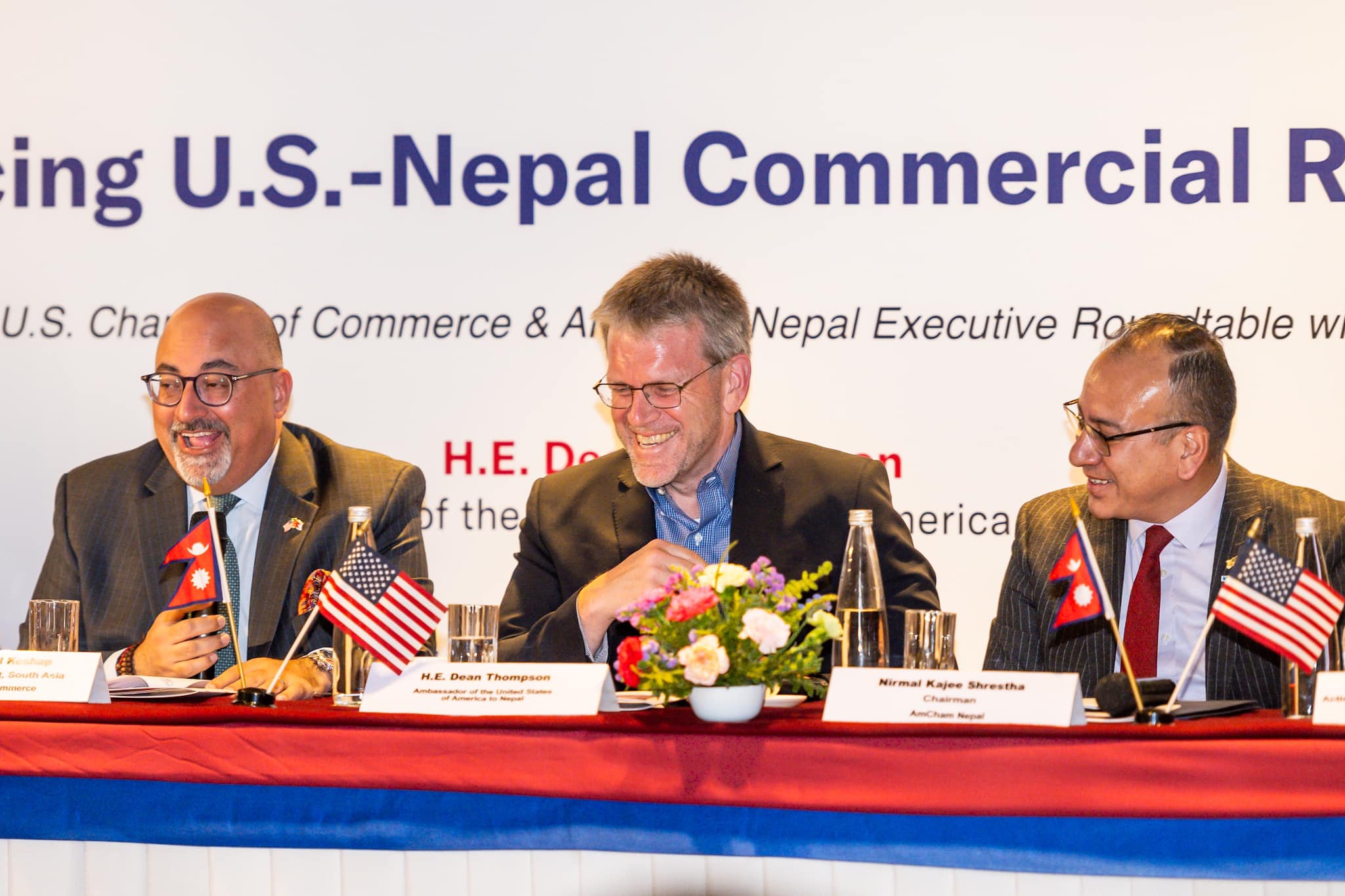
OR
Editorial
Make aviation safety a top priority
Published On: July 12, 2023 07:40 AM NPT By: Republica | @RepublicaNepal

In yet another fatal air accident in the country on Tuesday, a helicopter belonging to Manang Air crashed in Lamjura area of Solukhumbu district killing six people onboard including the captain. The ill-fated helicopter on its way to Kathmandu from Surke, Solukhumbu was found crashed in the Lamjura area in the district hours after it suddenly lost contact with the tower. The helicopter was piloted by one of the most experienced pilots with over 7,000 flying hours. Preliminary reports indicated that all five other killed are Mexican nationals who arrived in Nepal for a vacation. The reason for the accident is yet to be known as the government is preparing to form a probe committee to find out the cause. But this incident barely seven months after the country’s single biggest air accident involving a domestic carrier, Yeti Airlines, in Pokhara yet again raises questions about Nepal’s air safety standards. This highlights the need to take urgent measures to improve the country’s aviation safety and make our sky safer. As a newspaper, we have been urging the government bodies concerned to work seriously and in a coordinated manner to improve Nepal's aviation safety. And, we repeat again today with much emphasis that much needs to be done to make Nepali sky safe. The government has been repeatedly pledging to make Nepal’s sky safer, in a bid to reduce the number of air accidents. But if we look at the number of accidents in Nepal, it is actually rising. The complacent attitude of the government bodies concerned and airlines operators must stop and real actions must begin now.
Nepal is prone to a higher number of air accidents due to various reasons including geography, aging fleet, lack of proper safety regulation and lack of adequate training for pilots and air traffic controllers. Nepal’s challenging terrain makes flying additionally difficult and dangerous. Furthermore, many airports in Nepal lack basic infrastructure such as proper runway lighting and navigation systems which increases the risk of accidents. Unpredictable weather, which can cause visibility problems, makes it difficult for pilots to navigate and land safely. While these factors contribute to the increasing air accidents, a section of aviation experts maintain that Nepal's aviation safety regulations are not as strict as in other countries, and enforcement of the existing regulations is weak. And, this, they maintain, is one of the main reasons that contributes to the worsening aviation safety record of Nepal. Nonetheless, it is important to understand that most of the air accidents occur due to the combination of many of these factors, rather than just one.
The Government of Nepal must take several measures without delay to prevent repeated air accidents. The first thing the government must do is to enhance safety regulations. The government regulatory body should strengthen safety regulations and their enforcement to ensure that all airlines and aircraft meet safety standards. The government also needs to increase investment in air traffic control technology. Such investment in modern air traffic control technology to increase safety, efficiency, and capacity can greatly help to minimize the number of accidents. The government bodies concerned should also conduct regular safety audits of all airlines operating in the country to ensure that they are complying with safety regulations. It is equally necessary for the government to invest in training and education programs for pilots, air traffic controllers, and maintenance personnel to ensure that they have the necessary skills and knowledge to operate safely. In our editorial on January 16—a day after the tragic Yeti Airlines crash in which 72 people lost their lives in Pokhara, we urged all stakeholders in Nepal's aviation industry to come together and take concrete actions to prevent any further air accidents. We also urged regulatory bodies and airlines companies concerned to do a deep soul-searching and mend their lackadaisical ways to make sure that these types of tragic accidents do not occur in the future. We repeat it today. The safety of Nepal's citizens, as well as the thousands of tourists who visit the country each year, must be a top priority. The time for real action is now.
You May Like This

ICAO honoring Nepal for its efforts to improve aviation safety
KATHMANDU, June 11: International Civil Aviation Organization (ICAO) is honoring Nepal in recognition of its efforts to remove itself from the... Read More...

Qatar Airways welcomes ‘Doha Declaration’
KATHMANDU, Feb 15: Qatar Airways has welcomed the publication of ‘Doha Declaration’ -- a manifesto that calls for a serious... Read More...

Overcrowding Birgunj jail raises safety concerns
BIRGUNJ, Feb 13: The Birgunj Jail, that has been housing inmates double the number of inmates than its authorized capacity,... Read More...

Just In
- President Paudel issues ordinance related to facilitation of investment
- Hearing on Cricketer Lamichhane’s appeal today
- Nepal Investment Summit (live)
- Clear Policies Set to Boost American Investment in Nepal: US Ambassador Thompson
- Second T-20 series: Nepal loses toss, set to go for fielding first
- Nepal Investment Summit 2024 and Victor Hugo Moments for Reforms
- Kathmandu continues to top the chart of world’s most polluted cities
- 3rd Investment Summit: Govt seeking letters of intent for 20 projects






-1200x560-wm_20240427144118.jpg)









Leave A Comment